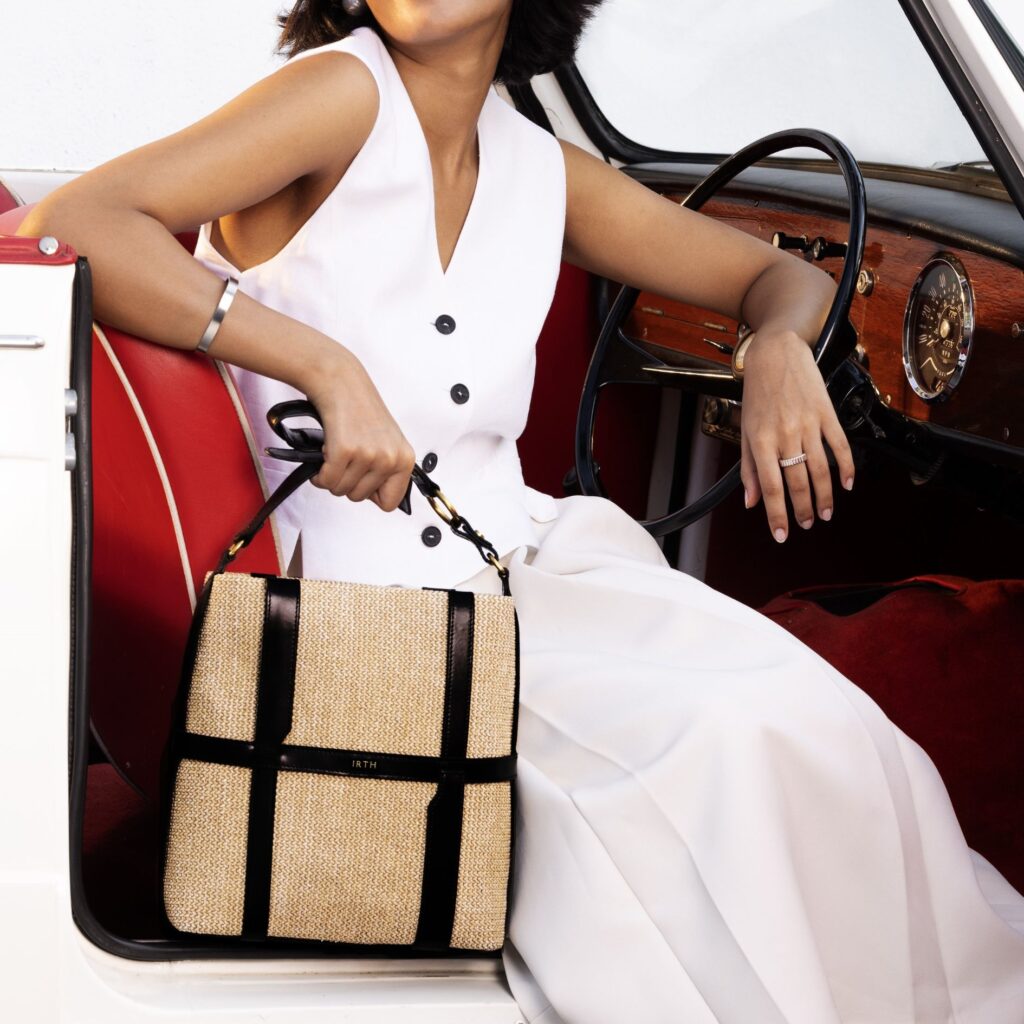A cheeky recap of how buttocks gained popularity in ancient times, then fell out of favour only to reemerge as a pop culture phenomenon.
- Culture & Travel
I Like Big Butts: A History of Our Obsession With Behinds
- ByLakshmi Premkumar
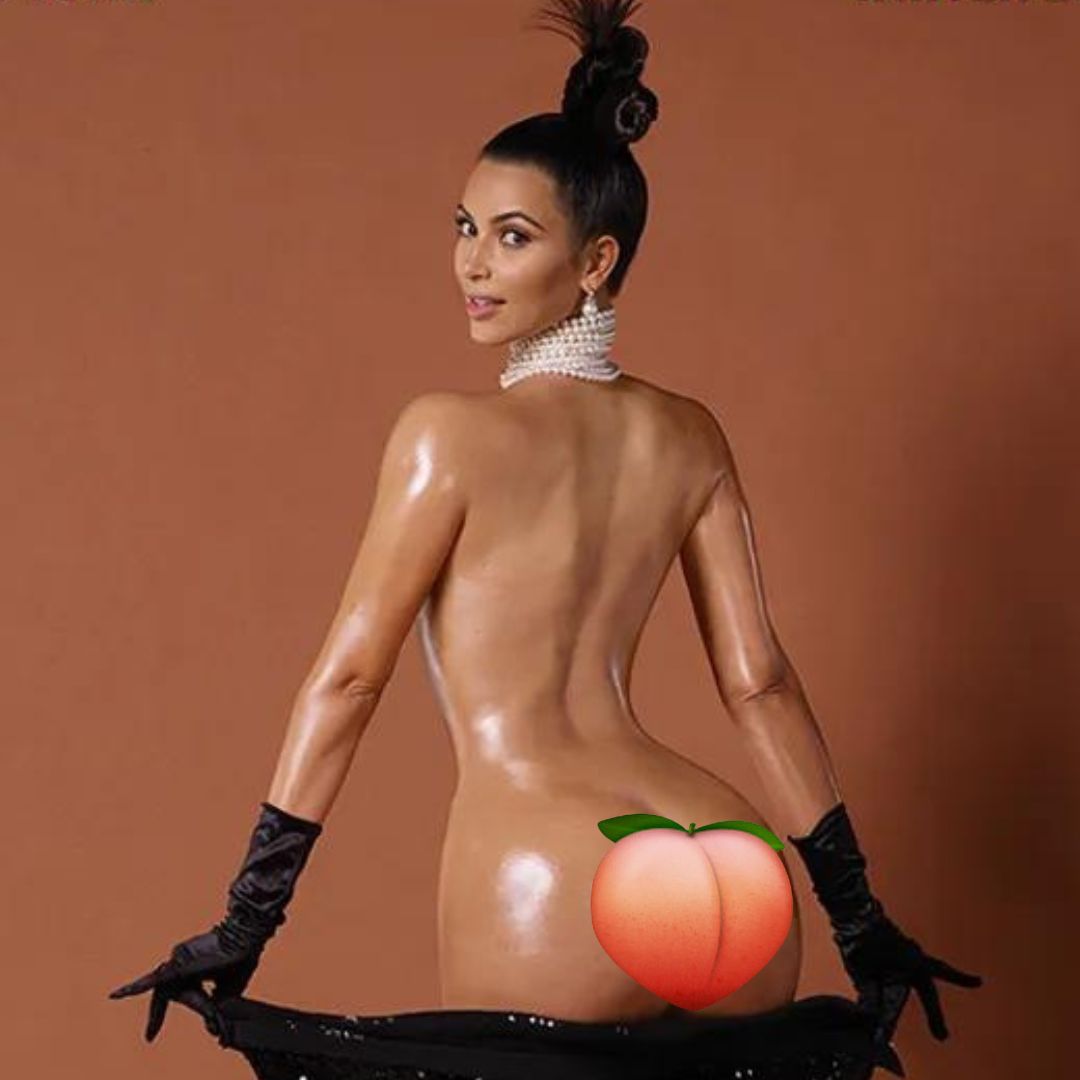
This Paper Magazine cover featuring reality star and entrepreneur Kim Kardashian broke the Internet in 2014. [Courtesy: Instagram]
Oh, the captivating allure of the posterior! Throughout the ages, the humble gluteus maximus has played a fascinating role in human culture, shaping trends, art, and societal norms. It has the power to make us feel miserable when we’re trying on a pair of jeans that just won’t fit, but our angst shifts according to how the body part is perceived by the world; the world that once wanted us to hide it is now accentuating it.
Since the very beginning, ancient civilisations appreciated the beauty of the behind. In ancient Egyptian and Greek art, sculptors carefully carved statues to emphasise the butt, symbolising fertility, power, and sensuality. Artistic depictions, like the Venus Callipyge [first created in 300 BC in Greece, and then copied a number of times over the centuries], provided a lasting testament to its early appreciation. However, unlike the ancients, the Medieval times concealed the curves from the rest of the world. It brought a shift in societal attitudes towards the body, and modesty and virtue became paramount, leading to the concealment of the posterior beneath layers of clothes.
During the Middle Ages, art historians extensively studied the diverse pictorial representations of the devil, and if you’ve noticed, tarot cards often depict the devil with a face on its buttocks. These depictions were based on the belief that devils were sinners destined for hell, where they would defy God’s will. In order to represent their disorderly nature, artists portrayed devils with their heads located in the lower regions of their bodies, symbolising their existence in the lowest part of creation, Hell, rather than the highest part, Heaven. This deliberate separation of the upper and lower body parts was a reflection of the societal disdain towards the posterior and the associated “immoral” connotations attributed to it.
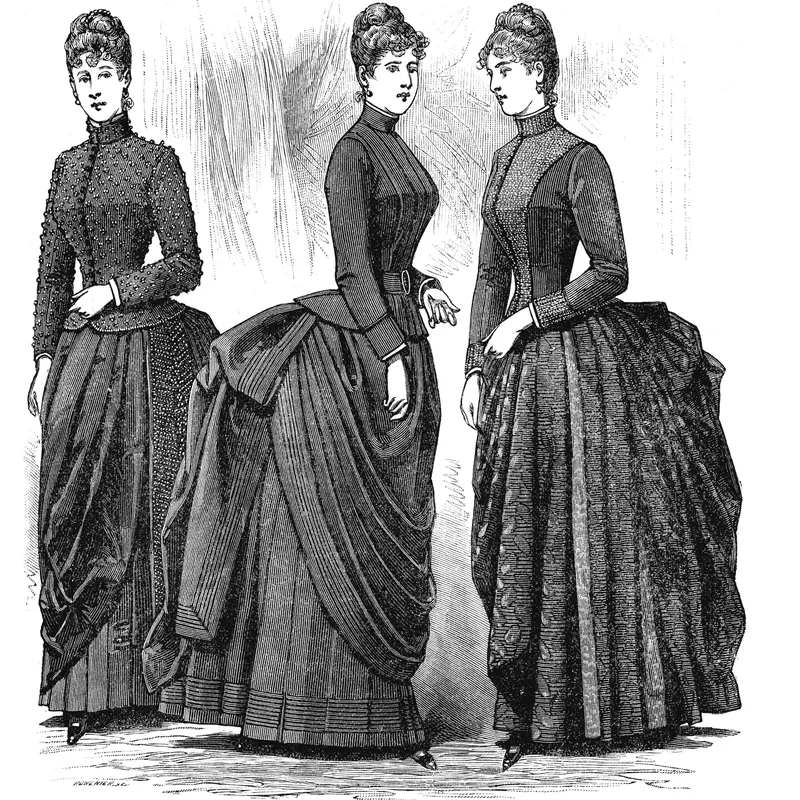
Corsets were primarily worn to achieve an hourglass figure by reducing the waist size and accentuating the buttocks.
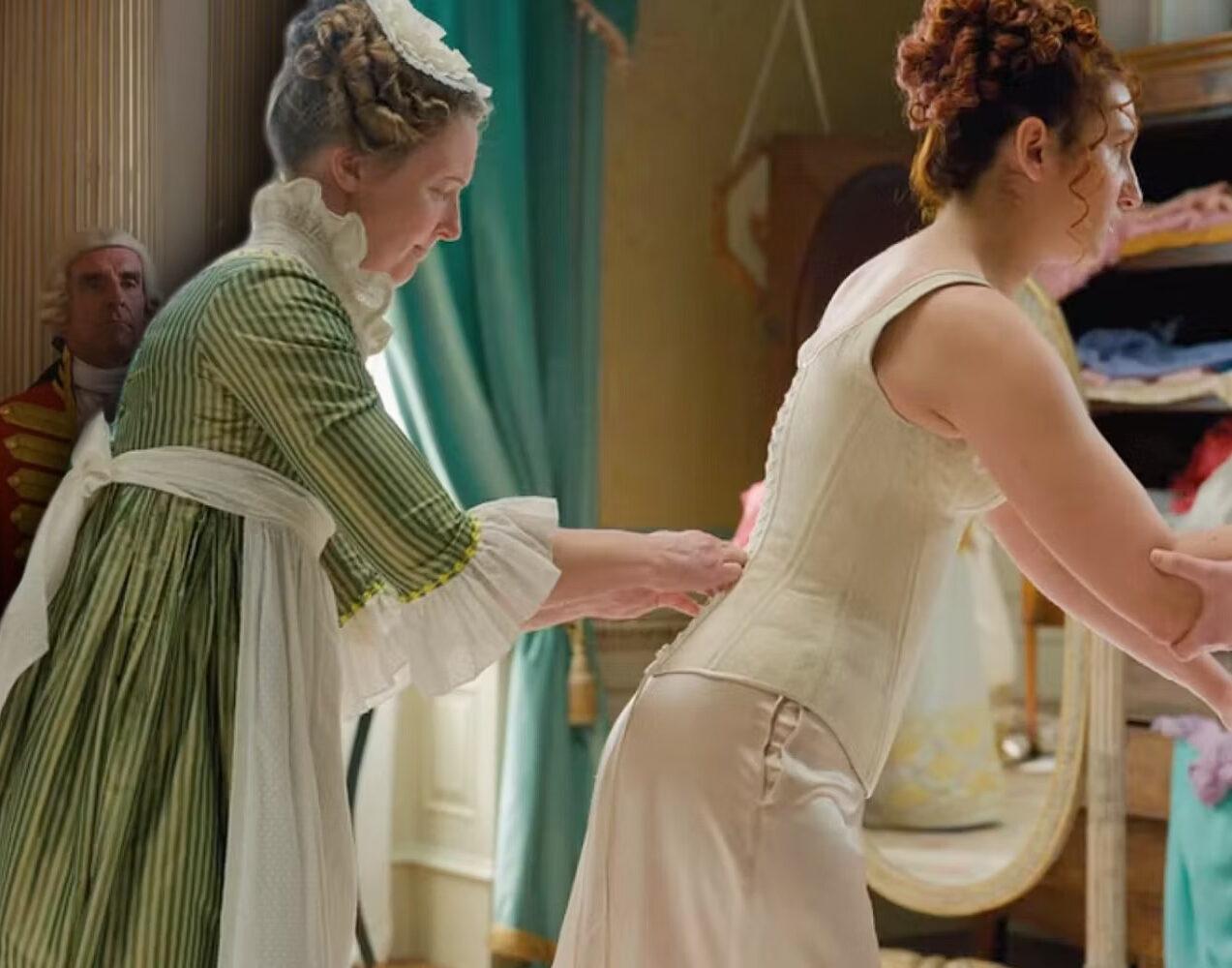
During the Renaissance, a renewed appreciation for the human body emerged, leading to a reintegration of the posterior into art and culture. This period coincided with the popularity of corsets, as described by Hilary Davidson, a dress historian and author of Dress in the Age of Jane Austen. In the opening sequence of the steamy Netflix historical drama Bridgerton, Prudence Featherington, one of Lady Featherington’s daughters, is being prepared for her introduction to the Queen of England. As a maid tightens Prudence’s corset laces, she struggles to breathe and eventually collapses. Lady Featherington comments, “I was able to squeeze my waist into the size of an orange-and-a-half when I was Prudence’s age.” Corsets were primarily worn to achieve an hourglass figure by reducing the waist size and accentuating the buttocks. Despite generating controversy over the years, corsets continue to have a place in today’s world, as they have been popularised by celebrities and social media trends. The works of Michelangelo and Botticelli, celebrated masterpieces of the Renaissance, played a significant role in reestablishing admiration for the derrière. The Renaissance, thus, became a pivotal era that sparked a global appreciation for the beauty of the butt.
As exploration and colonisation progressed, the perception of the posterior underwent a significant transformation. The influence of Europeans, particularly in societies like India, brought about a shift in beauty ideals, favouring a “slim” figure with less emphasis on voluptuousness. This shift had drastic consequences, as women went to extreme measures to alter their bodies in order to conform to this new ideal. Sadly, this pursuit of the ideal body led to a surge in eating disorders, as women resorted to drastic measures to achieve the desired look.
Pop culture icons such as Marilyn Monroe and Brigitte Bardot captivated audiences with their iconic hourglass figures.
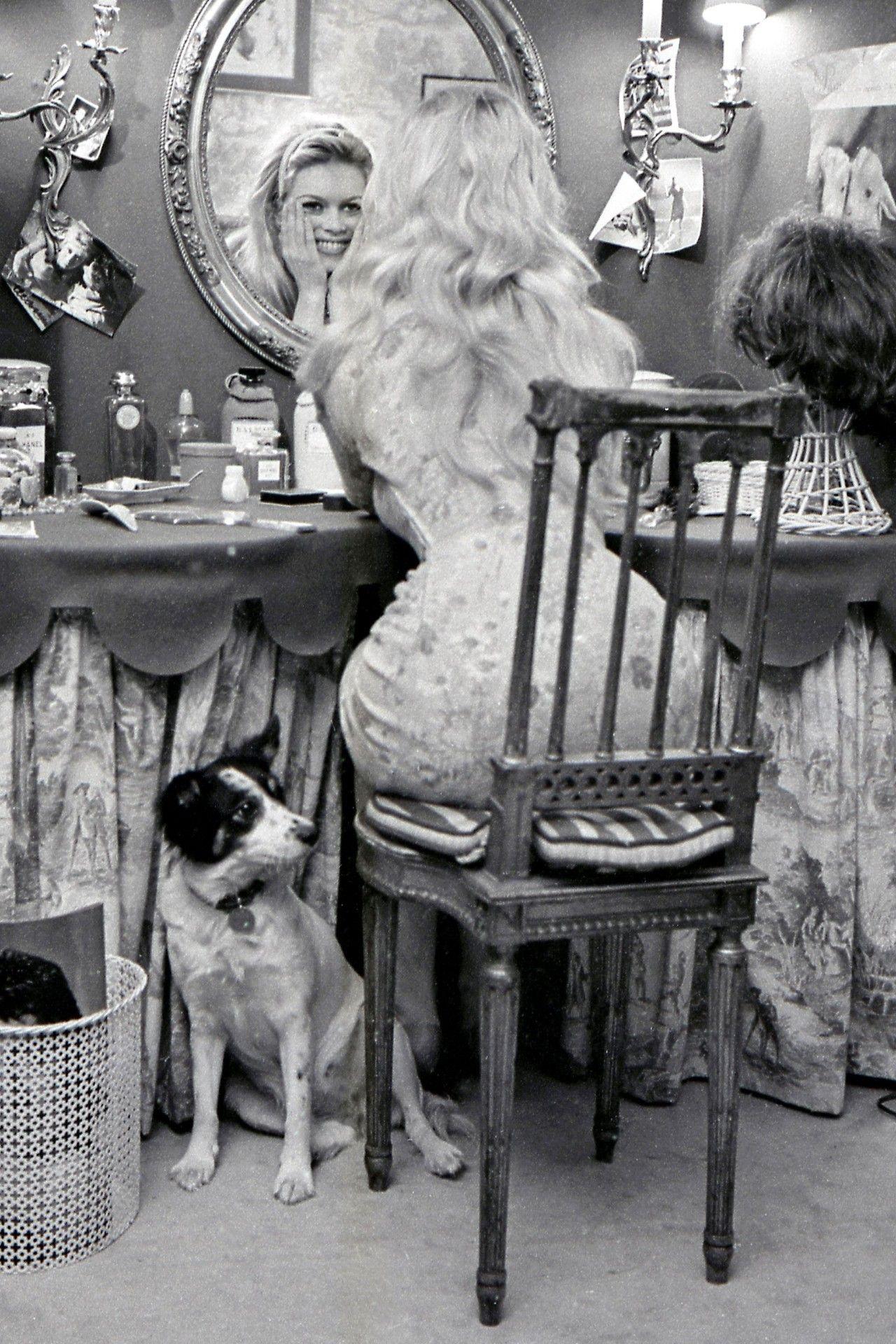
[Image Courtesy: Pinterest]
However, the mindset surrounding body ideals experienced another shift in the 20th century, challenging the existing status quo. Pop culture icons such as Marilyn Monroe and Brigitte Bardot captivated audiences with their iconic hourglass figures. These influential figures disrupted societal norms, demonstrating that the posterior was not merely a physical attribute but also a symbol of power and confidence. Their impact went beyond aesthetics, redefining the perception of beauty and highlighting the significance of embracing one’s natural body shape.
The early 2010s changed the mindset of the butt for good, and it all started with a twerk. The hip-shaking dance move exploded onto the scene courtesy of influential artists like Miley Cyrus and Nicki Minaj. Twerking soon became a social media sensation, with countless dance challenges sweeping the Internet. This catapulted butts to the forefront of pop culture.
Fast forward to the present, where the butt, now known as the booty, continues to dominate pop culture. According to a Buzzfeed article, celebrities like Kim Kardashian and Nicki Minaj have become modern booty icons, with their *ss-ets breaking the Internet. While there is no proof of this, it is said that Kim Kardashian has insured her butt in case anything were to happen to it. The rise of the ‘belfie’ (butt selfie) confirmed the world’s obsession with all things posterior. It’s funny how the butt had to be once hidden from the eyes of the world, but now the world cannot take its eyes off it.
Apart from the surface-level fun, a powerful movement has gained momentum in recent years, championing body positivity and celebrating all body shapes and sizes. The beauty industry has gradually shifted its focus to inclusivity. At the same time, influencers, activists, and social media platforms have empowered individuals to love and embrace their bodies, fostering a culture of acceptance and self-love.
“Butts, silly as they may often seem, are tremendously complex symbols, fraught with significance and nuance, laden with humor and sex, shame, and history.”
—Butts: A Backstory by Heather Radke
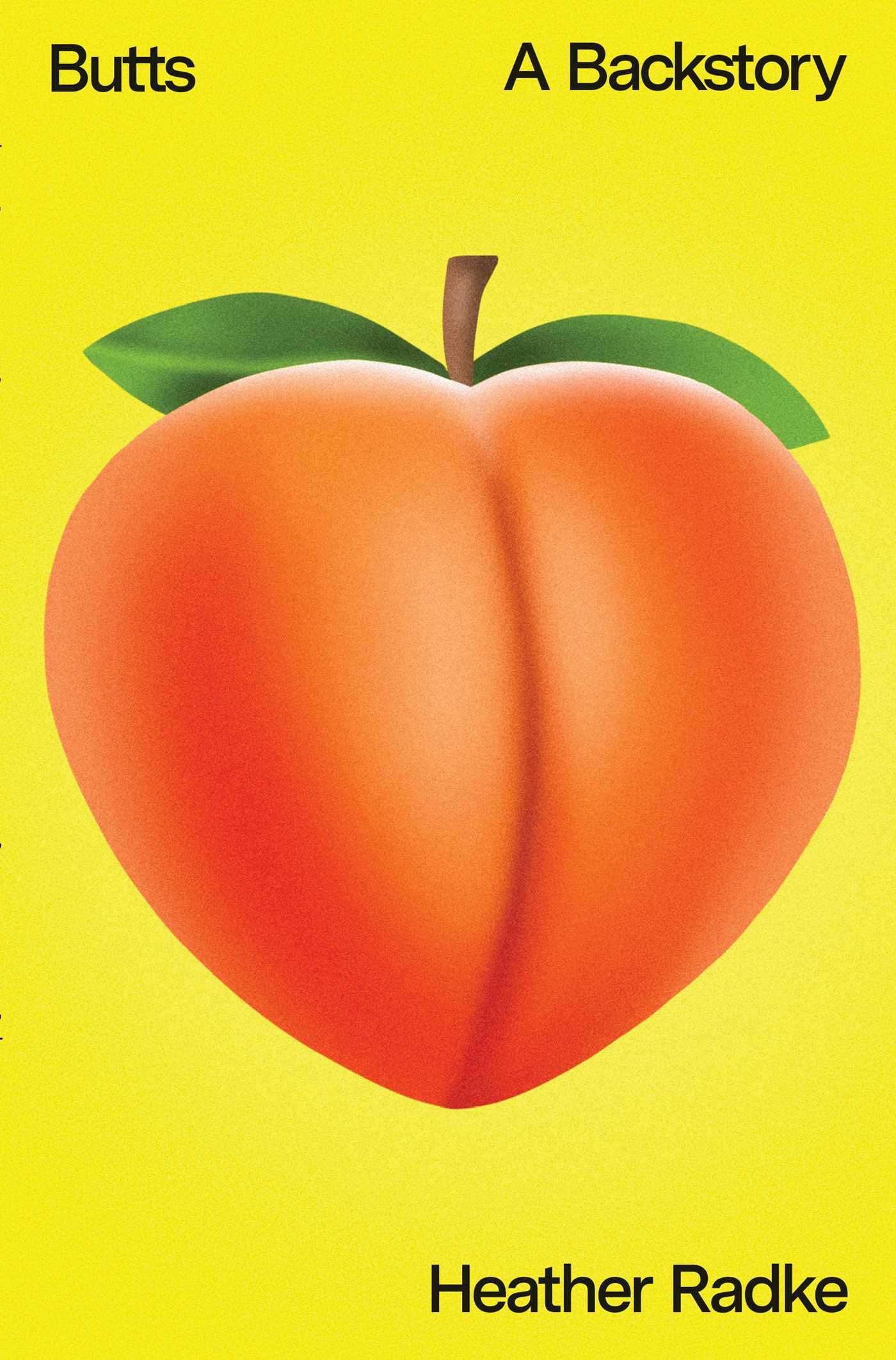
Heather Radke writes in her book Butts: A Backstory, “Butts, silly as they may often seem, are tremendously complex symbols, fraught with significance and nuance, laden with humor and sex, shame, and history.”
As we look towards the future, the possibilities of the posterior knows no bounds. In a world where fashion has embraced diverse body shapes and sizes, the posterior continues to make waves as a symbol of confidence and self-expression. Welcome the journey ahead as we celebrate the glorious diversity of the butt, inspiring generations to come.
In the words of Sir Mix-A-Lot, “I like big butts, and I cannot lie.”
READ MORE
- Gauri Khan, On Her New Experience Centre In Delhi, Her Favourite Spot At Home, and Great Décor Advice
- With IRTH’s New Store in Noida, The Brands Adds To Its Joyful Delights
- Ranbir Kapoor’s New Perfume, ARKS Day, Reminds Him of His Childhood
- Your Interiors Will Love The Colour and Design Predictions By Asian Paints’ ColourNext Forecast for 2025
- “India is an Incredible Source of Inspiration for Me, and I Want to Connect With the Hearts of Indian Women”


